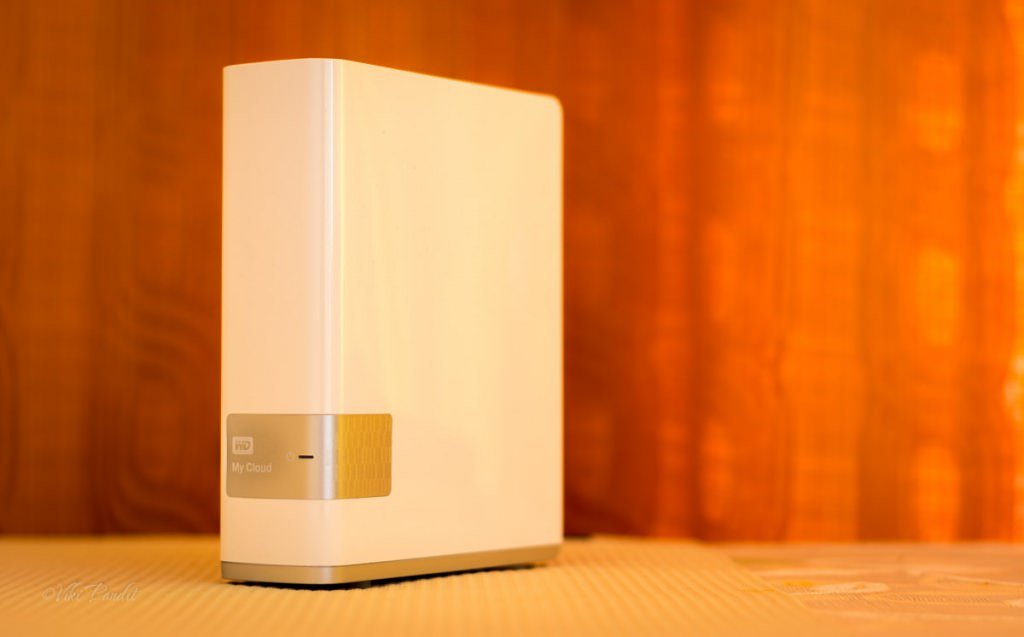
WD My Cloud 3TB Personal Cloud Storage
You never have enough space if you indulge in photography, more so if you are shooting RAW. The WD My Cloud 3TB NAS has combined data sharing, data backups, data synchronization and a powerful personal cloud in a single compact box which is a huge assist in the workflow for photographers.

